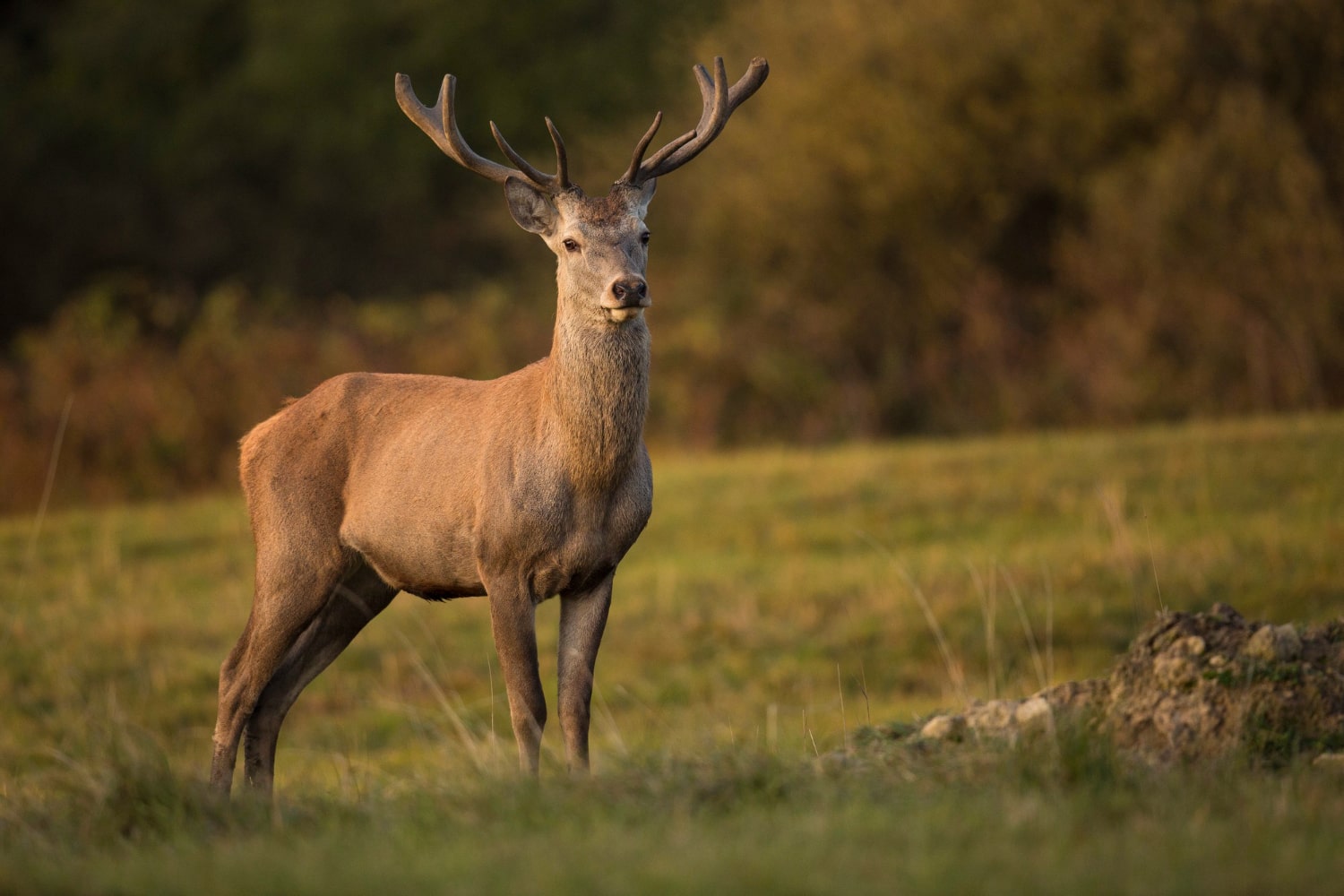Deer are among the most recognizable and graceful members of the wild animal kingdom, admired for their elegance and slender build. They inhabit diverse regions around the world — from the northern tundras to temperate forests and meadows. These animals possess numerous unique traits that enable them to survive in challenging natural environments. This article gathers incredible and informative facts about deer that you might not know, but which will certainly expand your understanding of these beautiful creatures.
- Deer belong to the family of even-toed ungulates and are famous for their impressive antlers, which they shed annually and regrow. The cycle of antler growth is linked to hormonal changes and helps males compete for females during the rutting season. This process is unique among mammals and symbolizes strength and youth.
- There are about 50 species of deer worldwide, including the red deer, moose, roe deer, reindeer, and others. Each species has distinct appearance, behavior, and habitat. This diversity highlights the high adaptability of deer.
- The reindeer (caribou) is the only species where both males and females grow antlers. This adaptation allows both sexes to defend themselves and compete for food in harsh Arctic conditions. Female antlers are particularly important during the winter months when food is scarce.
- Deer have sharp eyesight and acute hearing, which help them quickly detect predators. Their field of vision covers nearly 360 degrees, providing a wide view of their surroundings. These abilities are vital for survival in open environments.
- Moose antlers can reach enormous sizes — sometimes up to two meters in width. Such large antlers assist in battles for dominance and provide protection from threats. They also serve as visual signals to other deer.
- Deer can run at speeds up to 70 kilometers per hour, making them some of the fastest mammals in forests and plains. This speed allows them to escape predators and travel long distances during seasonal migrations. They are also very enduring.
- Deer mainly feed on grass, leaves, twigs, and berries, depending on the season and habitat. In winter, they often dig through snow to reach food. Their digestive system is adapted to process tough plant material.
- During the mating season, male deer actively defend their territories and fight rivals using their antlers and vocalizations. They often emit loud calls to intimidate competitors and attract females. This period is crucial for reproductive success.
- Young fawns are born with spots on their fur that help camouflage them in grass and forest, protecting them from predators. As they mature, the spots fade, and adults develop a uniform coat. This is a natural protection during early life stages.
- Deer have excellent memory and can recall migration routes, feeding areas, and safe resting places. This allows them to successfully adapt to seasonal changes and avoid dangers. Their social structure within large herds helps coordinate movement.
- Some deer species live in large herds numbering in the thousands, especially during migrations. This provides protection from predators and helps locate food in new areas. Social living increases the survival chances of each individual.
- In many cultures, deer are symbols of fertility, strength, and spirituality. They frequently appear in folklore, myths, and religious ceremonies. This symbolism emphasizes their special place in human culture.
- Deer communicate through complex means — sounds, scents, and body language. They convey information about danger, territory, or intentions to each other. This helps maintain social order within groups.
- In some regions, deer are traditionally hunted not only for meat but also for their hides, antlers, and spiritual significance. Hunting is regulated to avoid harming populations. Conservation and population recovery are essential for ecological balance.
- Deer antlers grow very rapidly, sometimes several centimeters per day during active growth. After the rutting season, old antlers are shed, and new ones begin to grow. This cycle is driven by hormonal changes.
- Deer are excellent swimmers and can cross large water obstacles during migration or to escape danger. They use their limbs in a swimming motion to keep their bodies afloat. This ability increases their mobility in complex terrains.
- In the wild, main predators of deer include wolves, bears, cougars, and large carnivores, but the biggest threats remain humans and environmental changes. Protecting deer habitats is crucial for their survival. Nature reserves and national parks help maintain their populations.
- Some deer species have adapted to urban and semi-urban environments, using parks, gardens, and green spaces for feeding. This often leads to conflicts with humans but also demonstrates their adaptability. Such cases highlight the need for harmonious coexistence.
- Scientists actively study deer behavior and ecology to develop effective methods for population management and conservation. Modern technologies like GPS trackers enable monitoring of migrations and adaptation strategies. This supports the long-term preservation of species.
These fascinating facts about deer reveal their uniqueness and importance in nature and culture. They demonstrate the complexity and diversity of deer life, as well as remind us of the necessity to protect them. Incredible information about deer offers a wonderful opportunity to learn more about these graceful and strong creatures that play a vital role in natural ecosystems.





